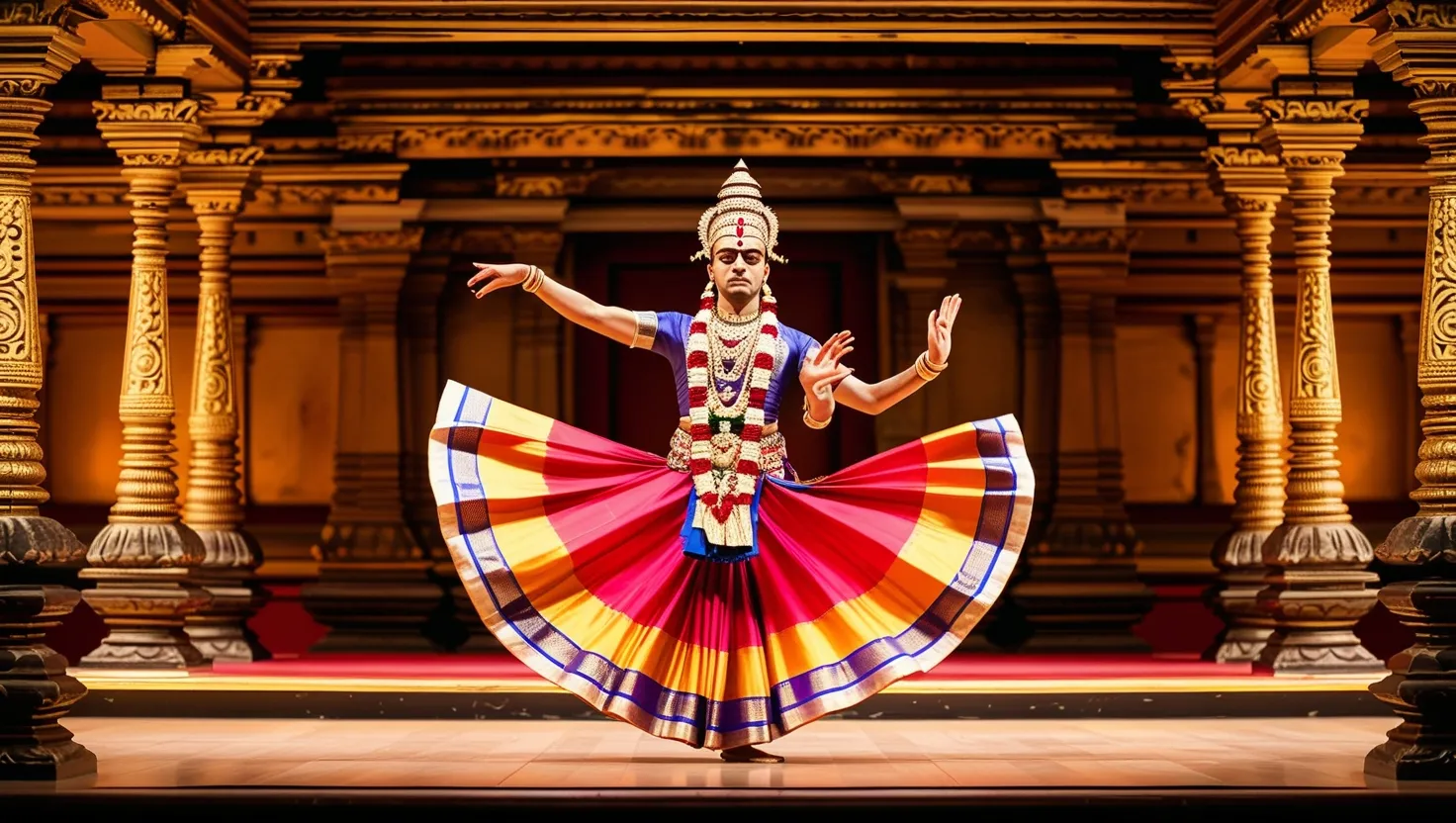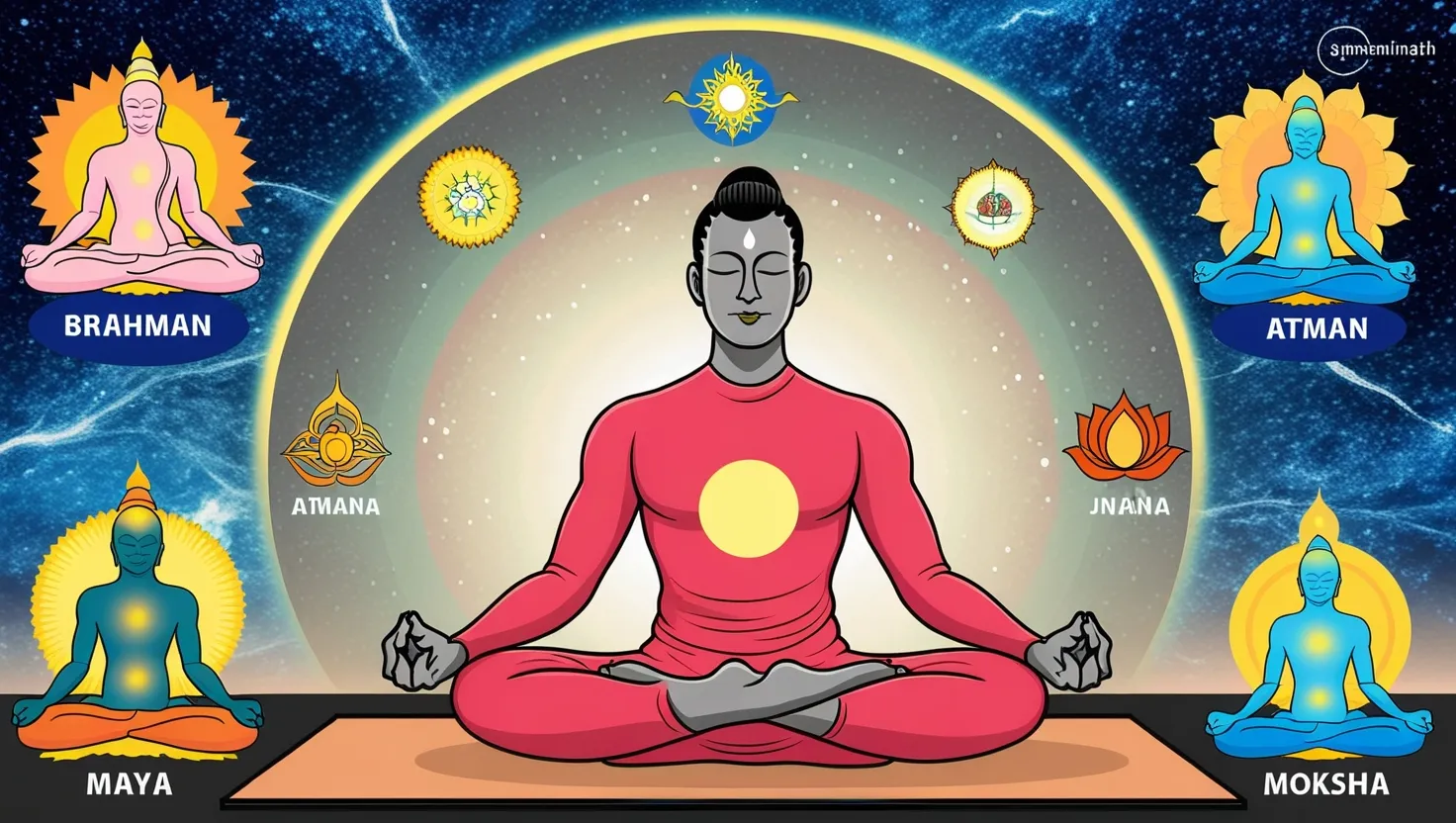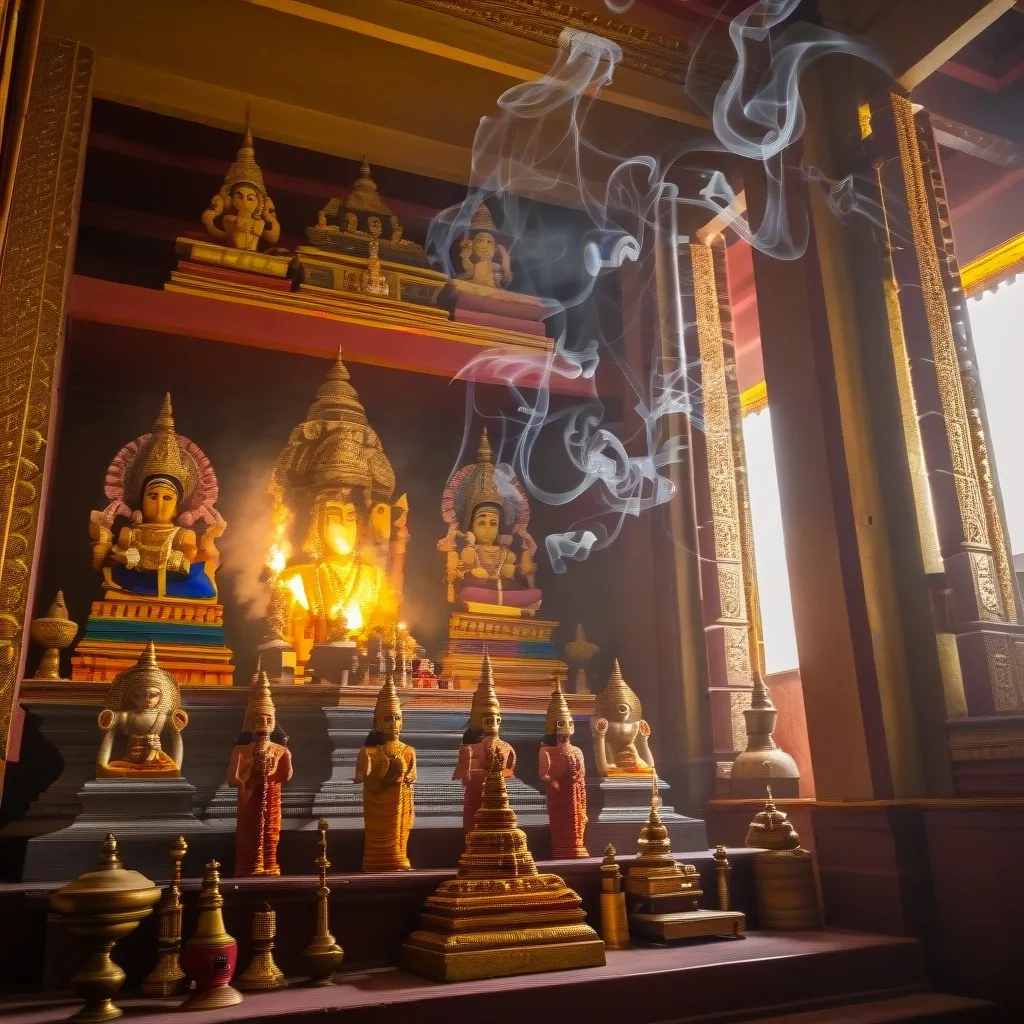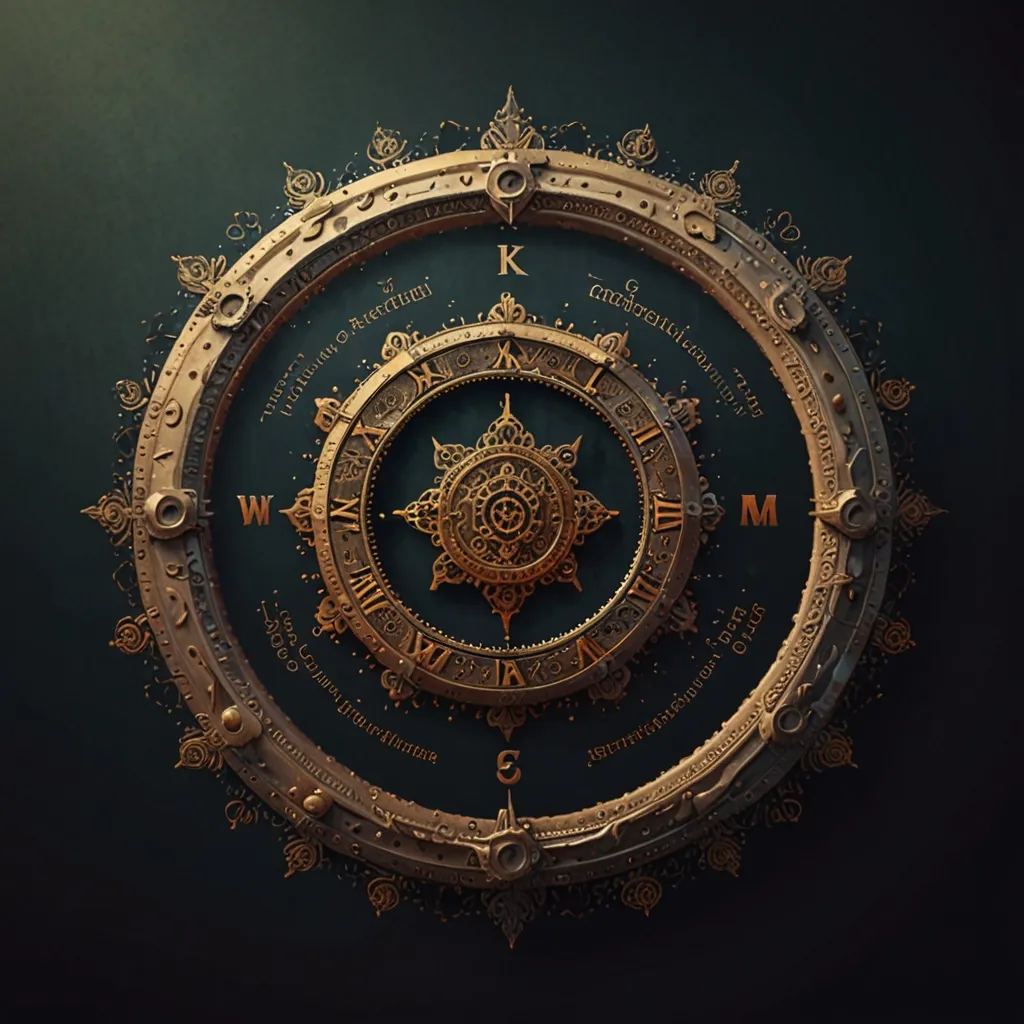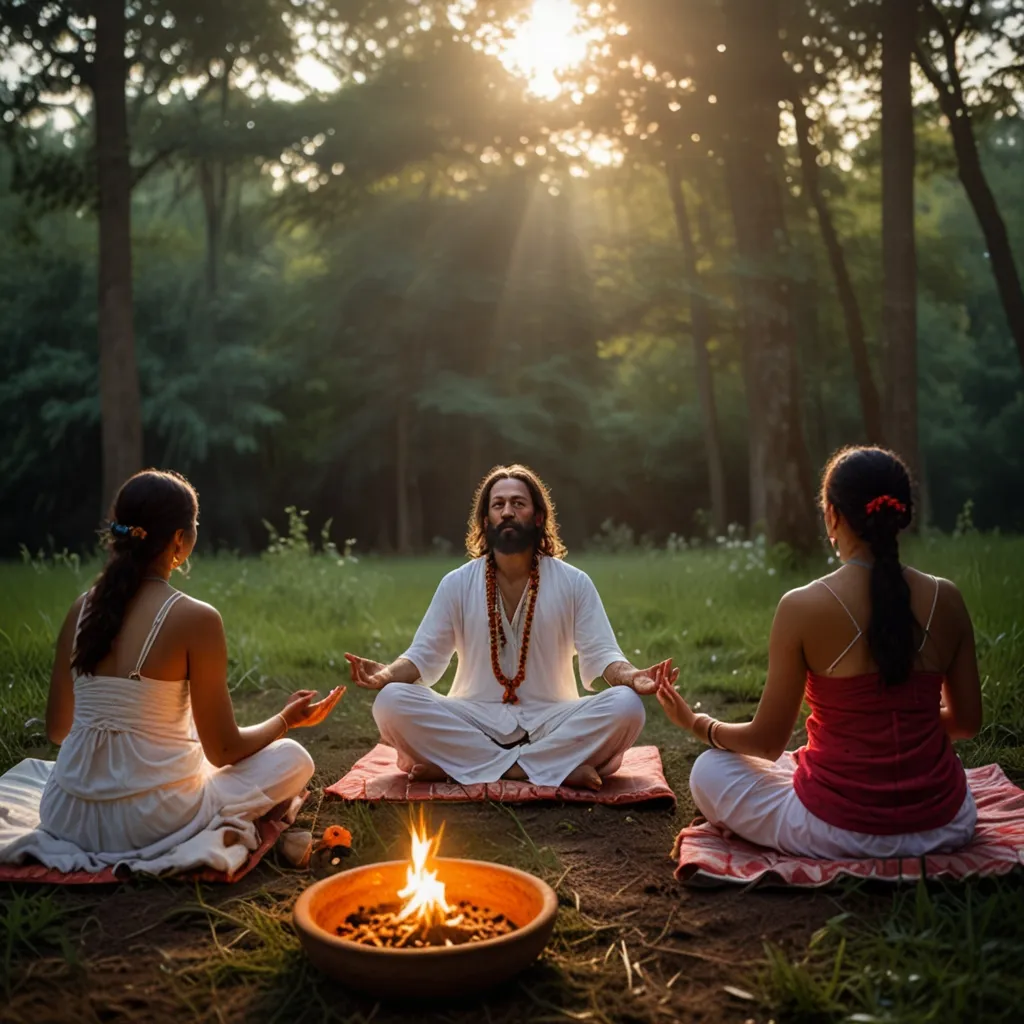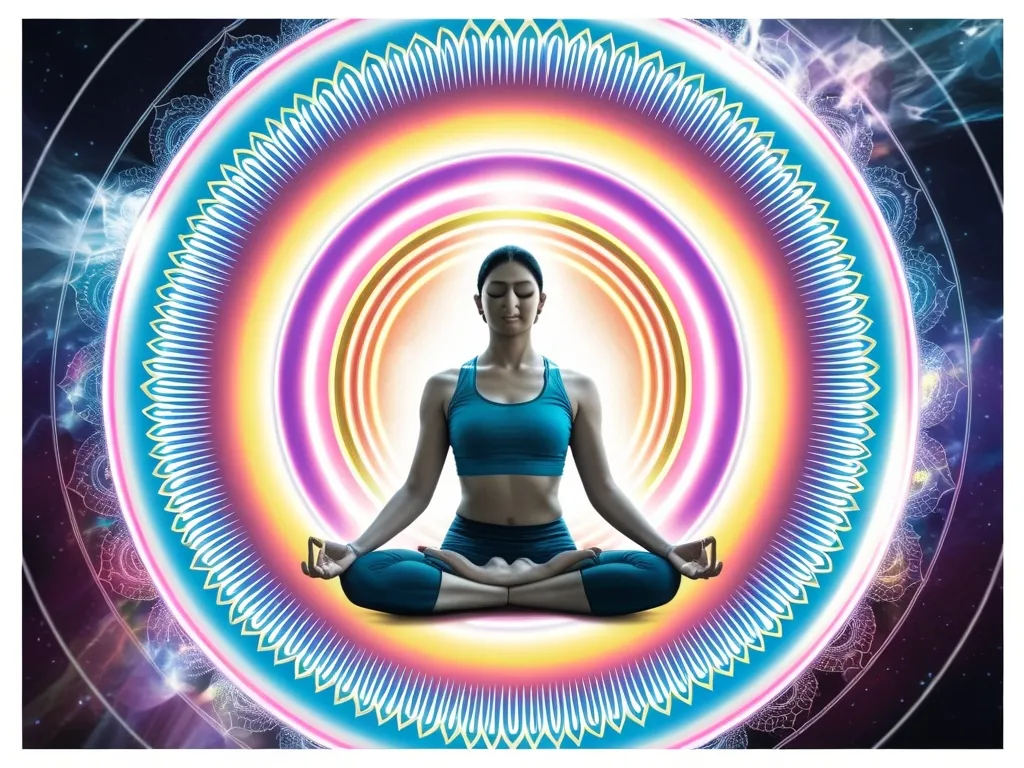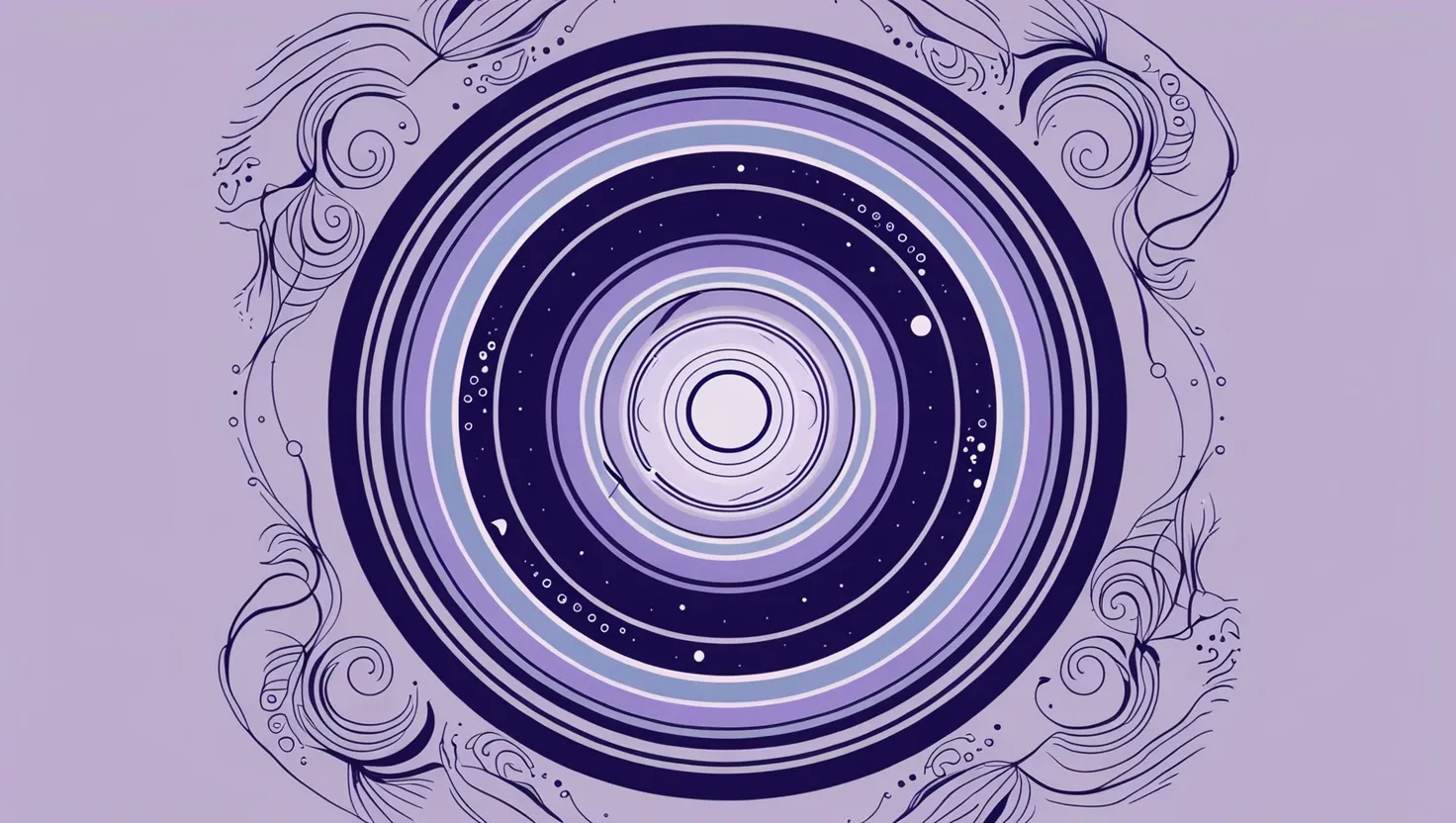If you’ve ever wondered how a single text could change the course of music, dance, and drama across centuries, then the Natya Shastra is your answer. I am constantly struck by how this ancient treatise feels just as relevant for today’s artists as it must have for its earliest students thousands of years ago. Most people hear about the Natya Shastra as a “manual for actors and dancers,” but to really understand what makes it extraordinary, you need to look beneath the surface—to its philosophy, cosmic imagination, and the ways it shaped human experience.
“Art enables us to find ourselves and lose ourselves at the same time.”—Thomas Merton
Let’s approach the Natya Shastra as a living dialogue between spirituality and stagecraft. Imagine: centuries ago, a sage named Bharata Muni systematized every detail of performance—from the size of a stage to the tiniest flicker of an eyebrow. The sheer scope is breathtaking, but what’s more interesting isn’t just the comprehensiveness; it’s the intent. The Natya Shastra presents the arts as a discipline rooted in Hindu concepts of duty, transcendence, and self-mastery.
Why does a performance have the power to bring a crowd to tears, or send shivers down your spine? The key lies in rasa. It’s a word that can mean “flavor,” “juice,” or “essence.” In this context, rasa is the soul’s response to art—the deep experience that lifts you out of the ordinary. The Natya Shastra doesn’t reduce performance to mechanical skill; instead, it asks, “Can art bring us to something higher than ourselves?”
Bharata Muni teaches that art is a sacred service. When a dancer practices a gesture or a musician hits a precise note, they’re not just showing off—they’re channeling universal truths. For me, one of the most fascinating aspects is how performers are coached to step away from their personal emotions and embody archetypes—the timeless stories and feelings that belong to all humanity, not just one individual. The audience, in turn, doesn’t simply watch; they’re drawn into an intense, shared transformation.
“To send light into the darkness of men’s hearts—that is the duty of the artist.”—Robert Schumann
Isn’t it remarkable that the Natya Shastra contains 36 detailed chapters while still leaving space for improvisation? The precision extends beyond movement and sound to the very construction of the stage itself. Geometry and proportion aren’t just practical—they’re symbolic. The stage mimics the mandala, a spiritual diagram, reinforcing the idea that a performance is a microcosm of the whole universe. I find it amazing that even the mathematical ratios in music are considered reflective of cosmic order. These aren’t just craft details—they point to a view where the entire world is seen as interconnected and meaningful.
Here’s something that often gets overlooked: the Natya Shastra isn’t just for “high art.” It recognizes both classical and folk influences, preserving Sanskrit drama while also legitimizing regional and popular forms. This inclusivity contributes to the unique Indian model, where diversity and unity go hand in hand. I often ask myself: How many ancient texts explicitly promote both cultural cohesion and pluralism in this way?
The philosophy runs deep. Performance becomes a kind of yoga—a disciplined practice leading toward spiritual liberation. The artist’s continual self-refinement parallels the yogic path of transcending the ego. As the audience experiences rasa, they are lifted—even briefly—into a state where the usual boundaries between self and other, present and eternal, melt away.
“Music is a higher revelation than all wisdom and philosophy.”—Ludwig van Beethoven
With all this philosophical weight, you might expect the Natya Shastra to feel abstract or elitist, but it never loses contact with lived experience. It spells out rubrics for facial expressions, describes methods for teaching children, and outlines specific audience behaviors. We get lists of mudras (hand gestures), rules for makeup, even protocols for how musicians should tune instruments to manipulate emotional response.
Perhaps the most beautiful paradox here is that control and freedom coexist. The strict guidelines are meant not to stifle creativity but to help artists become transparent vessels. I often think about the metaphor used in the text: just as a clear crystal reflects any color placed near it, the performer, through training, becomes supremely adaptable, able to embody any sentiment without attachment. Can you see echoes of that idea in today’s acting or music traditions?
Let’s talk about the rasa theory itself. Most know about the eight original rasas—love, laughter, sorrow, anger, heroism, fear, disgust, wonder—but fewer realize that later thinkers added peace as the ninth. Unlike Western concepts of catharsis, rasa is not about emotional purging. It’s closer to a shared aesthetic awakening, where everyone present—onstage and off—is invited into a subtle, interior realization. Imagine going to a play and leaving changed, not because the story was relatable, but because it opened a secret inner window. Isn’t that what great art still seeks to do?
What’s often missed is that the rasa theory doesn’t only apply to performance but also to life itself. We are all performers on the stage of the cosmos, experiencing and expressing a range of feelings. The very structure of the Natya Shastra encourages us to reflect on how we move through the world, how we respond, and how we might deepen our connection with something larger.
“The aim of art is to represent not the outward appearance of things, but their inward significance.”—Aristotle
The text’s influence isn’t stuck in the past. Its ideas fuel the grammar of modern Indian dance forms like Bharatanatyam and Kathakali—think of how gestures, costumes, musical scales, and narrative styles have traveled through time, always adapting but rooted in these ancient rules. If you look closely at any Indian stage production even today, echoes of the Natya Shastra’s prescriptions show up: in the arangetram (a dancer’s debut), the lighting design, or the invocation of blessings before the show.
But here’s a dimension that gets less attention: the therapeutic and psychological. Modern psychology has only recently begun to appreciate how controlled emotional evocation can be healing. The ancient Hindu insight that performance gives us “emotional distance”—the ability to feel an emotion intensely but without getting lost in it—resembles what contemporary therapists call mindfulness or emotional regulation. So, in a way, the Natya Shastra anticipated concepts that now underpin entire schools of therapy and self-development.
Have you ever thought about why societies invest so much in ritualized performance? The Natya Shastra believed that art could reduce social tensions, teach empathy, and gently remind people of their higher potential. It’s not just about beauty or entertainment, but about shaping ethical and harmonious communities.
“Art washes away from the soul the dust of everyday life.”—Pablo Picasso
It’s much more than myth and ritual—there are worldly angles here too. The Natya Shastra has instructions for the business side of performance. There are contracts, fees, audience etiquette, and advice on everything from lighting to crowd control. In this way, the text was both a spiritual blueprint and a working manual. Can you think of another artistic tradition that leaves room for both cosmic symbolism and practical troubleshooting?
If you set aside time to engage with the Natya Shastra, you’ll see ongoing conversations between text and living tradition. Dancers still debate how best to represent certain emotions. Directors wrestle with the right balance between tradition and innovation. Contemporary artists draw on the ideas of rasa and abhinaya (expression) not just for historical exhibitions, but as ways to deepen their own creative practice.
As we rush through an age obsessed with instant gratification, I find it profound that the Natya Shastra insists on process over product. Mastery takes time, discipline, and devotion. The spectator, too, has responsibilities: preparing to watch, opening the mind, observing silence. Art is not a transaction; it’s a sacred encounter.
So, what does all this mean for you, if you’re an artist or simply a curious soul? The Natya Shastra offers a framework where creative work is a spiritual journey. It pushes against the modern idea of art as a personal brand or commodity. Here, performance becomes a ritual communion, a shared adventure into possibility and transcendence.
“The purpose of art is not a rarified, intellectual distillate—it is life, intensified, brilliant life.”—Alain Arias-Misson
When I read or teach the Natya Shastra, I see its teachings ripple into every creative endeavor, reminding us that technique and inspiration, structure and freedom, public performance and private meditation are all connected. Its ancient wisdom gives us a path—not to escape the world, but to create meaning within it. Would you approach art differently if you saw it as a way to taste the essence of life itself?
Next time you witness a great performance or are moved by music or poetry, think back to Bharata Muni and his question: What if art is not just a craft or a spectacle, but a living bridge to something eternal? If nothing else, the Natya Shastra reminds me—and I hope, you too—that every act of creativity can be sacred, every shared emotion a glimpse of the infinite.
